Maintaining a healthy aquatic environment is the cornerstone of successful fish keeping. While we might admire our fish for their vibrant colors and graceful movements, what often goes unnoticed is the complex chemistry of the water they inhabit. This invisible ecosystem dramatically impacts their health, stress levels, and lifespan. Regular water testing isn’t just a recommendation—it’s an essential practice that allows you to detect problems before they affect your aquatic friends.
By establishing simple, consistent testing routines, you can prevent many common fish diseases, reduce stress on your aquatic pets, and create a thriving underwater world. This guide will walk you through the fundamentals of water testing, from understanding key parameters to establishing testing schedules that work for your specific setup.
Why Water Testing Matters
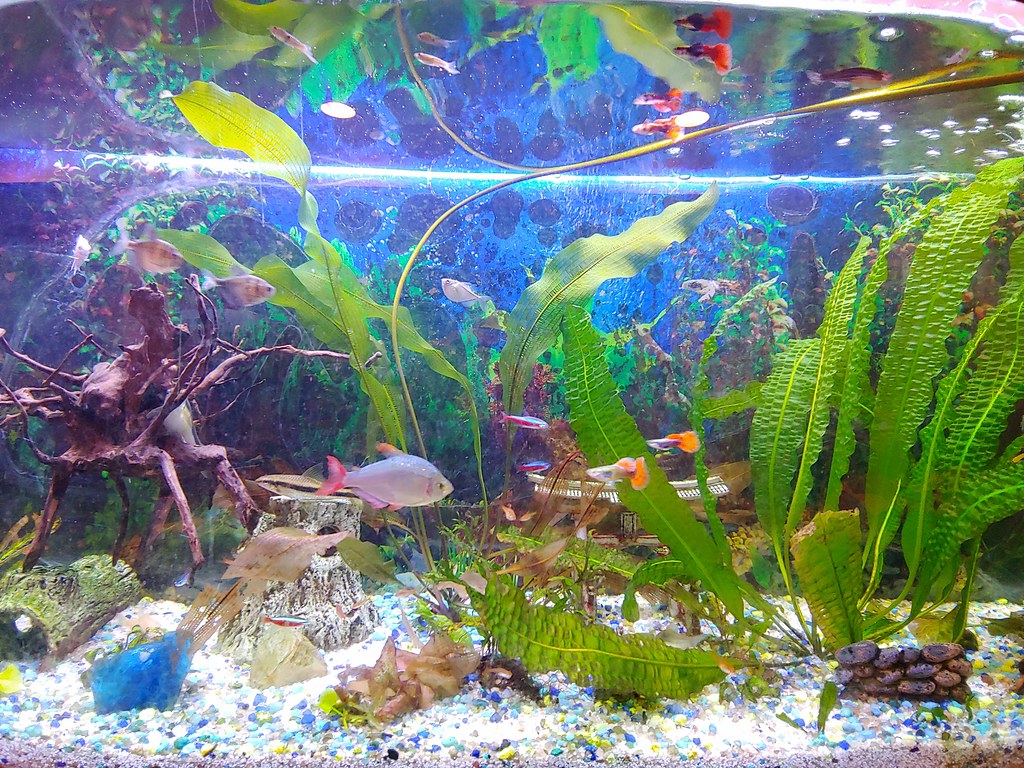
Unlike land animals, fish are completely immersed in their environment, with every biological function dependent on water quality. Fish breathe, eat, eliminate waste, and even absorb certain nutrients directly through their skin and gills, making them extraordinarily sensitive to water chemistry fluctuations. Poor water conditions stress fish immune systems, creating vulnerability to diseases and parasites that might otherwise be resisted.
Even subtle changes in parameters like pH or ammonia levels can trigger health issues that manifest days later, often confusing owners about the original cause. Furthermore, many common fish ailments that aquarists treat with medications—from fin rot to ich—are secondary infections that initially developed because of suboptimal water conditions. By testing regularly, you’re not just monitoring numbers; you’re creating an early warning system that helps maintain your fish’s health before visible symptoms appear.
Essential Testing Equipment for Beginners
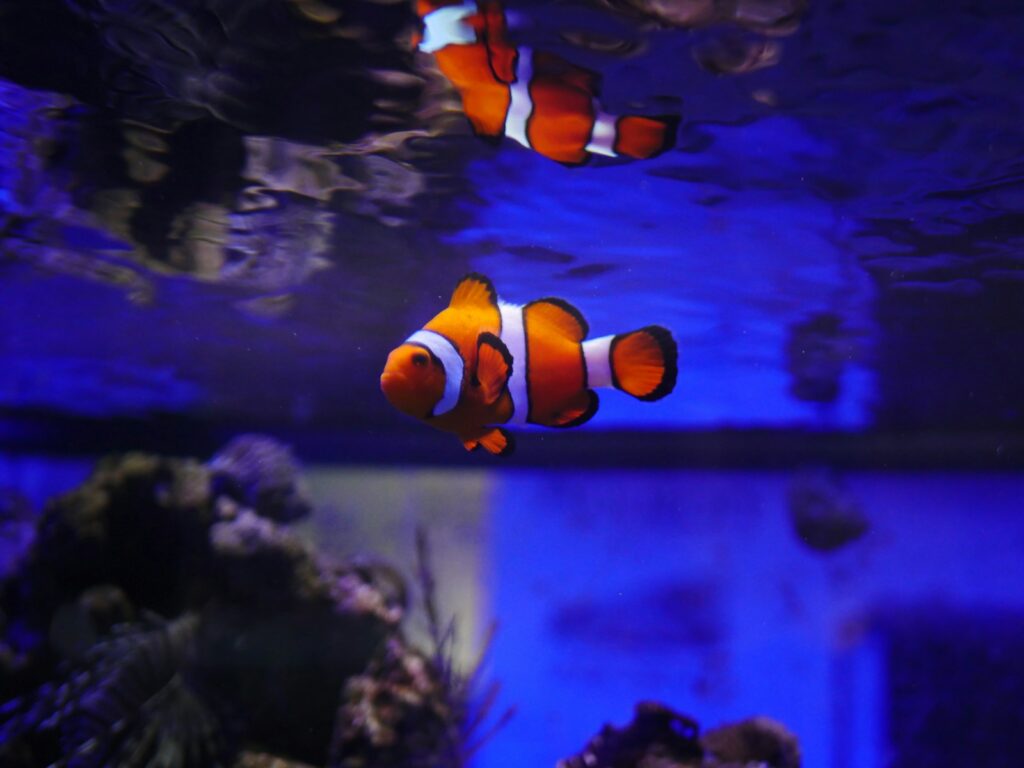
Starting with the right testing tools makes water monitoring accessible and accurate for any fish keeper. At minimum, every aquarium owner should have a reliable test kit for ammonia, nitrite, nitrate, and pH—the four fundamental parameters that indicate water quality. Liquid test kits generally provide more accurate readings than test strips and are worth the additional investment, especially for sensitive species or heavily stocked tanks.
A thermometer is another essential tool, as temperature affects both fish metabolism and the nitrogen cycle that processes waste in your aquarium. For specific setups, additional equipment might include a KH/GH (carbonate and general hardness) test kit for sensitive species, a TDS (total dissolved solids) meter for discus or shrimp tanks, or a phosphate test kit for planted aquariums or systems battling algae problems. While professional electronic meters offer convenience and precision, they typically aren’t necessary for hobbyist setups and require regular calibration to maintain accuracy.
Understanding the Nitrogen Cycle
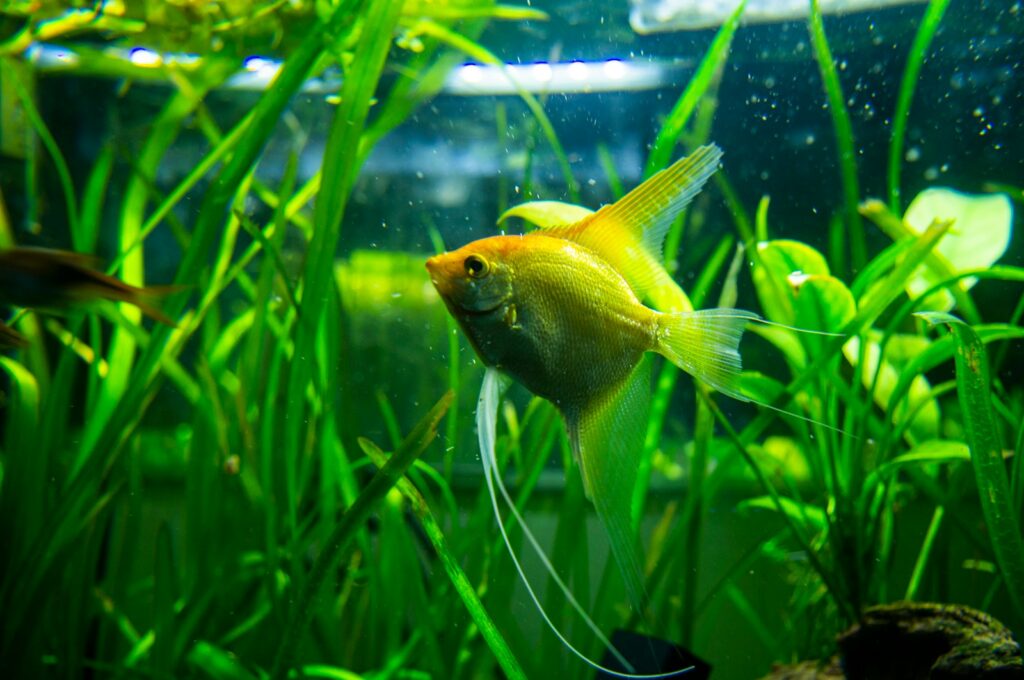
The nitrogen cycle forms the biological foundation of every aquarium and dictates much of your water testing routine. This natural process converts toxic fish waste (which contains ammonia) into less harmful substances through beneficial bacteria. When fish produce waste or uneaten food decomposes, ammonia releases into the water—highly toxic even in small amounts, capable of causing gill damage and death. Beneficial bacteria called Nitrosomonas convert this ammonia to nitrite, which is still harmful but slightly less toxic.
A second type of bacteria, Nitrobacter, then converts nitrite to nitrate, which is considerably less dangerous in moderate amounts. Regular testing tracks this cycle’s efficiency, with mature, established tanks showing zero ammonia and nitrite while gradually accumulating nitrate between water changes. New tanks undergo a “cycling” period of 4-6 weeks during which these bacterial colonies establish, requiring particularly vigilant testing to protect fish health. Understanding this biological process helps you interpret test results meaningfully rather than simply chasing numbers.
The Big Four: Primary Parameters to Test
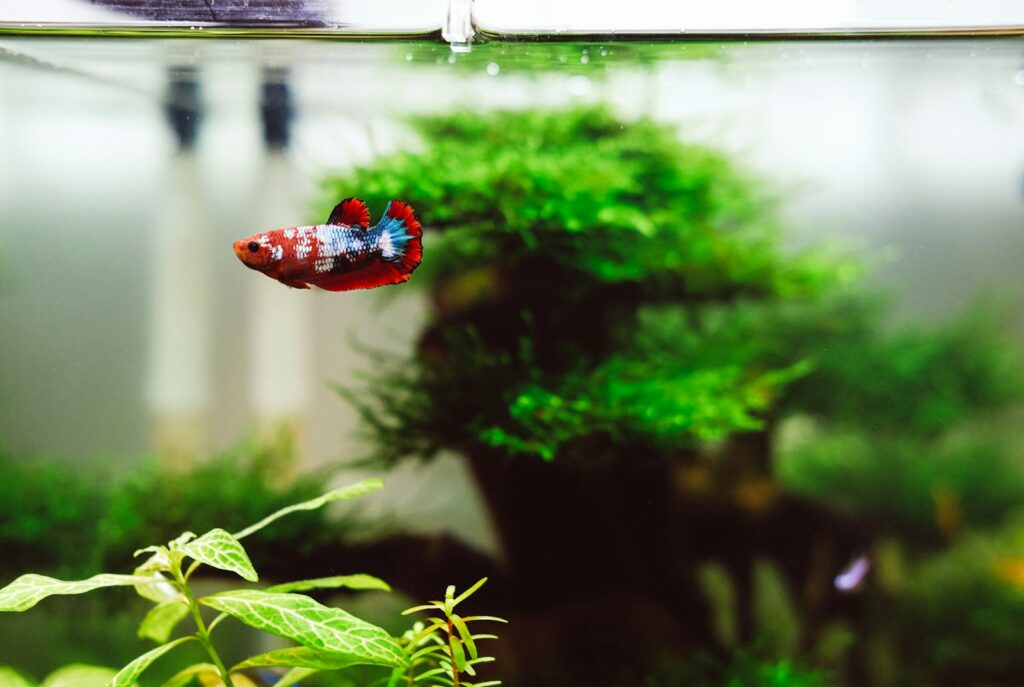
Four critical water parameters form the foundation of any testing routine, regardless of aquarium type or fish species. Ammonia should always read zero in established tanks, as any detectable amount indicates either an immature biological filter or a system that’s overwhelmed with waste. Nitrite similarly should register zero in healthy systems, with any positive reading suggesting the nitrogen cycle is incomplete or compromised.
Nitrate, the end product of the nitrogen cycle, should typically stay below 40ppm for most freshwater community tanks (and much lower for sensitive species), with rising levels indicating the need for water changes or improved filtration. pH measures water’s acidity or alkalinity on a scale of 0-14, with most freshwater fish thriving between 6.5-8.0 depending on species; more important than the exact number is pH stability, as sudden fluctuations stress fish more than slightly suboptimal but consistent readings. These four parameters provide a comprehensive snapshot of your aquarium’s fundamental health and should be the core of any testing routine.
Secondary Parameters Worth Monitoring
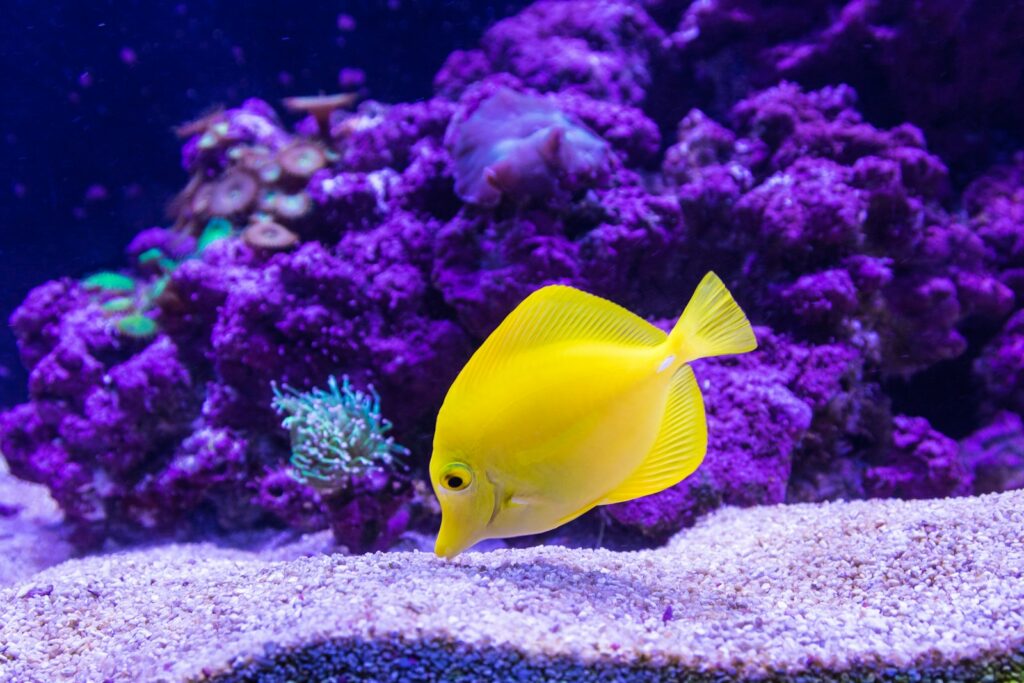
Beyond the essential parameters, several secondary measurements provide valuable insights for specific aquarium types or troubleshooting situations. Carbonate hardness (KH) measures water’s buffering capacity—its ability to resist pH changes—and is particularly important in tanks with CO2 injection or for species requiring stable pH values. General hardness (GH) indicates mineral content, primarily calcium and magnesium, which directly affects breeding success for many species and is crucial for proper shell development in snails and crustaceans.
Phosphate testing helps identify potential causes of stubborn algae blooms, as elevated levels can fuel excessive growth even when lighting seems appropriately managed. Temperature stability matters as much as the reading itself; sudden fluctuations of even a few degrees can stress fish and trigger disease outbreaks, making digital thermometers with maximum/minimum recording functions valuable tools for detecting problematic patterns. Oxygen levels, while rarely tested in home aquariums, become relevant in heavily stocked tanks or during troubleshooting unexplained fish breathing difficulties, especially during summer months when warm water holds less dissolved oxygen.
Establishing a Testing Schedule
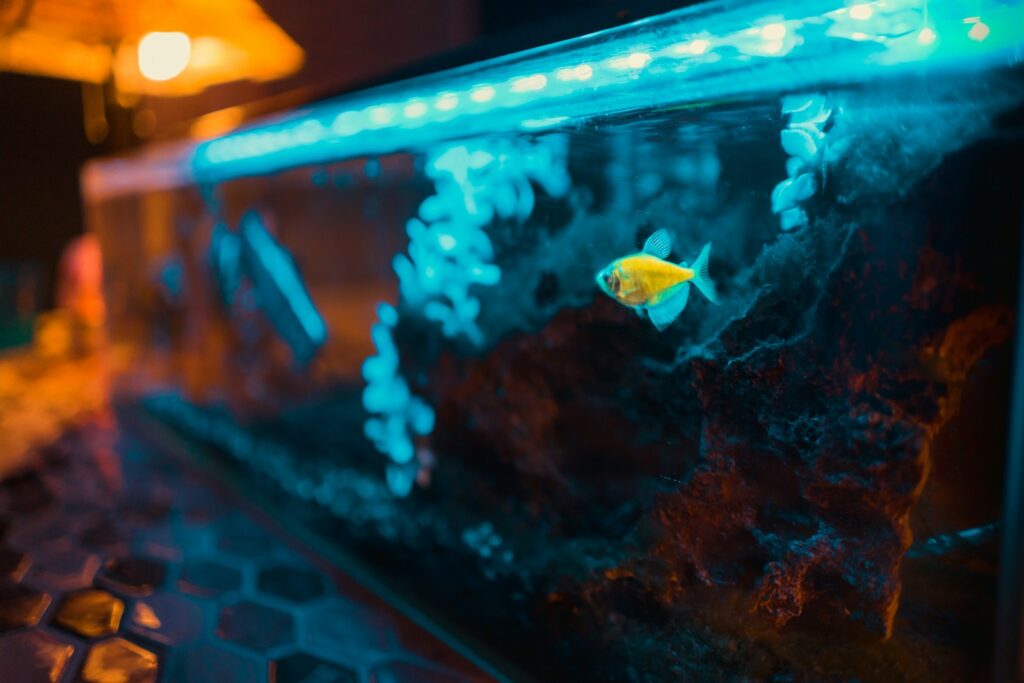
The frequency of water testing should align with your aquarium’s maturity and stability rather than following a one-size-fits-all approach. New tanks require the most intensive monitoring, with daily ammonia and nitrite tests during the cycling period and throughout the first two months of operation. Established tanks (running for 6+ months with stable parameters) generally benefit from weekly testing of the primary parameters, which can eventually extend to bi-weekly once you’ve established consistent patterns.
Special circumstances demand increased vigilance: test daily after adding new fish, medicating the tank, or experiencing any fish health issues, as these situations can rapidly alter water chemistry. Seasonal changes often affect aquarium stability, particularly during extreme weather that impacts room temperature or during power outages that interrupt filtration. Create a simple testing log—whether digital or on paper—to track results over time, as patterns often reveal problems developing gradually that single readings might miss.
Interpreting Test Results Correctly
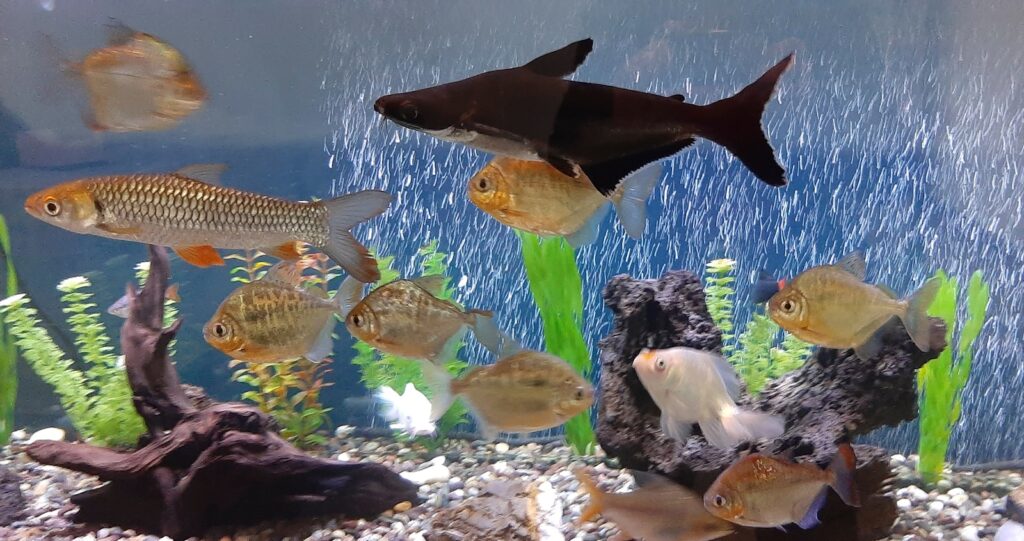
Understanding what your test results actually mean proves just as important as obtaining accurate readings. Color-matching liquid test kits requires good lighting and careful comparison, ideally using natural daylight rather than artificial lighting that might skew color perception. Digital meters require proper calibration according to manufacturer guidelines, typically before each use for scientific accuracy. When interpreting results, consider not just absolute values but trends over time—gradually rising nitrate levels might indicate overfeeding, while suddenly falling pH might suggest bacterial bloom issues.
Context matters significantly in interpretation; for instance, pH naturally fluctuates throughout the day in planted tanks due to photosynthesis, making consistent testing times important for meaningful comparisons. Species-specific requirements also affect interpretation—what’s ideal for African cichlids would stress Amazonian tetras, so research your particular fish’s native water conditions when evaluating test results. Remember that tests measure parameters at the moment of testing, so unusual readings warrant retesting before taking corrective action.
Common Testing Mistakes to Avoid
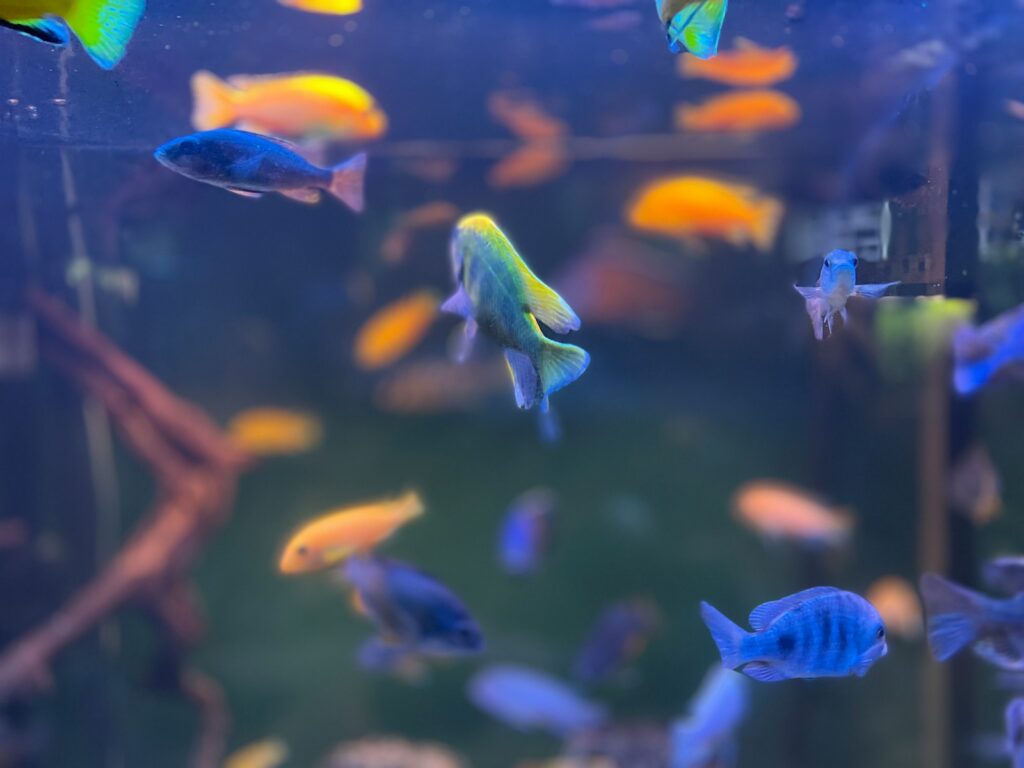
Even diligent aquarists frequently make testing errors that lead to misguided aquarium management decisions. Using expired test kits ranks among the most common mistakes, as reagents degrade over time and produce increasingly inaccurate results; check expiration dates regularly and store kits according to manufacturer recommendations (typically in cool, dark locations). Cross-contamination between tests often occurs when reusing test tubes without proper rinsing, or when allowing testing equipment to contact aquarium water directly.
Testing immediately after water changes typically yields misleading results, as the system hasn’t had time to reach equilibrium; wait at least 4-6 hours after maintenance for more representative readings. Over-reliance on electronic devices without periodic verification against chemical tests creates false confidence, as meters drift from calibration over time. Perhaps most importantly, many aquarists test only when problems appear rather than establishing baseline readings during healthy periods, making it difficult to determine what “normal” looks like for their specific system.
Testing During Aquarium Cycling

The initial cycling period represents the most critical time for water testing in a new aquarium’s life. During these first 4-8 weeks, test ammonia and nitrite daily as beneficial bacteria colonies establish in your filter media and substrate. The classic cycling pattern shows ammonia rising first (often to concerning levels of 4-8ppm), then gradually declining as nitrite begins increasing; eventually, both should return to zero as bacteria populations mature. During fishless cycling, these high toxin levels pose no risk, but if cycling with fish, immediate partial water changes become necessary whenever ammonia exceeds 0.25ppm or nitrite rises above 0.5ppm.
Testing for nitrate becomes relevant only later in the cycle, when you should begin seeing measurable readings that confirm the nitrogen cycle is completing properly. pH stability during cycling also warrants monitoring, as the biological processes can sometimes cause pH drops in softwater systems. Record all results meticulously during this period—these readings establish your understanding of how quickly your specific system processes waste, informing future stocking decisions and maintenance routines.
Testing for Specific Tank Types

Different aquarium setups require adjusted testing priorities to address their unique challenges. Planted tanks benefit from additional iron and CO2 measurements, as these nutrients directly impact plant health and algae balance; many planted tank keepers also monitor potassium, phosphate, and nitrate as plant fertilizers rather than just waste products. Reef aquariums require significantly expanded testing regimens, including calcium, alkalinity, magnesium, and often specific trace elements like strontium and iodine essential for coral health. Breeding tanks for sensitive species demand particular attention to hardness parameters (GH/KH) and very stable, specific pH values to trigger spawning behavior and ensure fry survival.
Quarantine tanks need particularly vigilant ammonia testing as they often have immature filtration systems while housing stressed fish. Nano aquariums (under 10 gallons) benefit from more frequent testing of all parameters due to their reduced water volume, which allows toxins to concentrate more quickly and provides less buffering against chemistry changes. Each specialized system benefits from customized testing protocols that address its particular biological demands.
Acting on Test Results
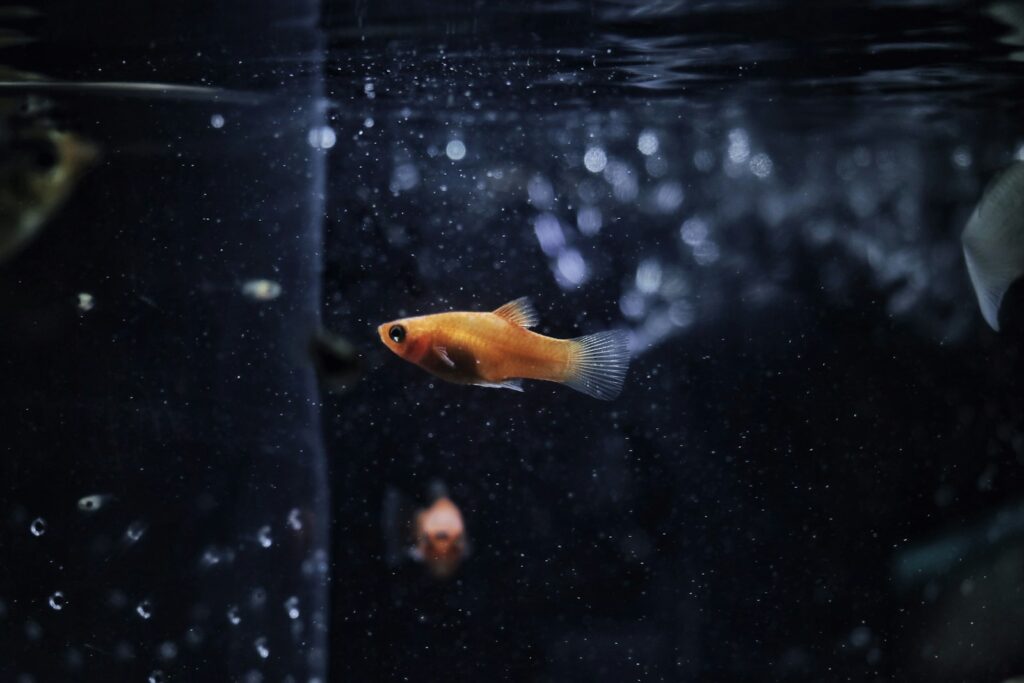
Obtaining accurate test results holds little value without appropriate response strategies for problematic readings. For detectable ammonia or nitrite, immediate 30-50% water changes help reduce toxicity while investigating the underlying cause—typically overfeeding, overstocking, inadequate filtration, or filter media that was cleaned too aggressively. High nitrate readings (above 40ppm for most community tanks) generally call for increased water change frequency rather than single large changes, as dramatic nitrate reductions can sometimes shock fish accustomed to elevated levels. pH issues require careful investigation before correction; sudden pH shifts typically indicate underlying KH problems or excessive organic waste accumulation, making it essential to address root causes rather than using chemical pH adjusters that often create greater instability.
Temperature fluctuations warrant examining heater function, thermostat calibration, and room temperature stability, particularly checking for draft sources near the aquarium. Remember that water changes solve many problems temporarily but understanding why parameters drifted from optimal ranges prevents recurrence and builds long-term stability.
Specialized Testing for Troubleshooting

Certain testing parameters become particularly valuable when diagnosing specific aquarium issues. Oxygen testing, rarely part of routine maintenance, provides critical insights when fish gasp at the surface despite normal ammonia, nitrite, and nitrate readings. Copper testing becomes essential when using copper-based medications, as concentrations safe for fish can prove lethal to invertebrates and beneficial bacteria at higher levels. Chlorine and chloramine tests help identify tap water problems after water changes that cause sudden fish stress, particularly in municipalities that periodically change their water treatment protocols without notice.
Electrical conductivity or TDS (total dissolved solids) measurements help identify dissolved waste accumulation that standard tests might miss, especially valuable in sensitive breeding setups or discus tanks. Specialized phosphate and silicate testing assists in troubleshooting persistent algae problems when standard approaches fail. Water hardness becomes particularly important to test when diagnosing poor breeding results, failed hatching, or improper shell development in snails and shrimp. These specialized tests often reveal underlying issues that standard testing parameters miss during challenging diagnostic situations.
Simplifying Your Testing Routine
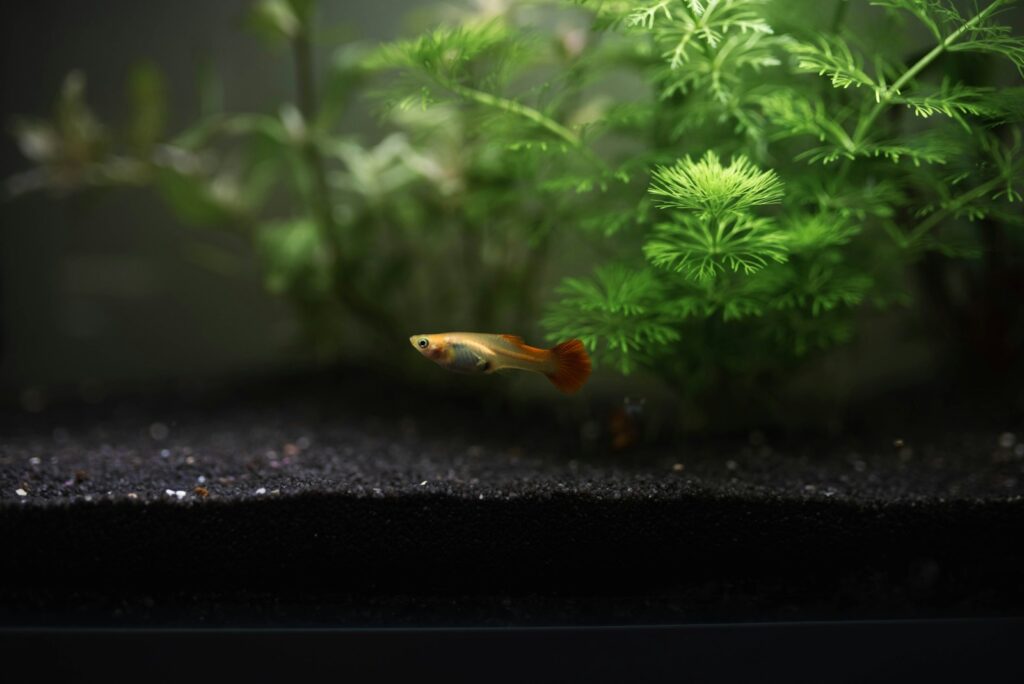
Consistent water testing need not become an overwhelming burden with the right approach and tools. Creating a simple testing station with all supplies organized in one location encourages regular monitoring by reducing setup and cleanup time. Digital reminders or calendar alerts help maintain testing schedules during busy periods when aquarium maintenance might otherwise slip to lower priority. Test result log apps for smartphones allow quick recording and visualization of trends over time, with many providing useful alerts for concerning parameter changes.
For visual learners, color-coded charts near the aquarium can simplify interpretation and required actions for different test results. Many experienced aquarists develop a rotation system, testing different parameter groups on different days (for example, ammonia/nitrite on Mondays, pH/KH on Thursdays) to spread the workload throughout the week. The goal isn’t perfection but consistency—even simplified testing routines, if maintained regularly, provide significantly better protection for fish health than sporadic comprehensive testing.
Conclusion: Building Water Testing Habits

Water testing represents the single most valuable preventative healthcare tool available to fish keepers. By establishing regular testing habits, you create an early warning system that identifies potential problems before they affect your fish’s health. The investment in quality test kits and a few minutes of weekly attention prevents far more costly problems: fish loss, medication expenses, and the frustration of troubleshooting complex issues that developed gradually.
Remember that consistency matters more than complexity—even basic ammonia, nitrite, nitrate, and pH monitoring provides substantial protection when performed regularly. As you gain experience, you’ll develop an intuitive understanding of your aquarium’s patterns and needs, allowing you to anticipate seasonal changes and adjust maintenance accordingly. Your fish may never show appreciation for your diligent water testing efforts, but their vibrant colors, active behavior, and long, healthy lives serve as living testament to the quality of care you provide through this simple yet powerful routine.

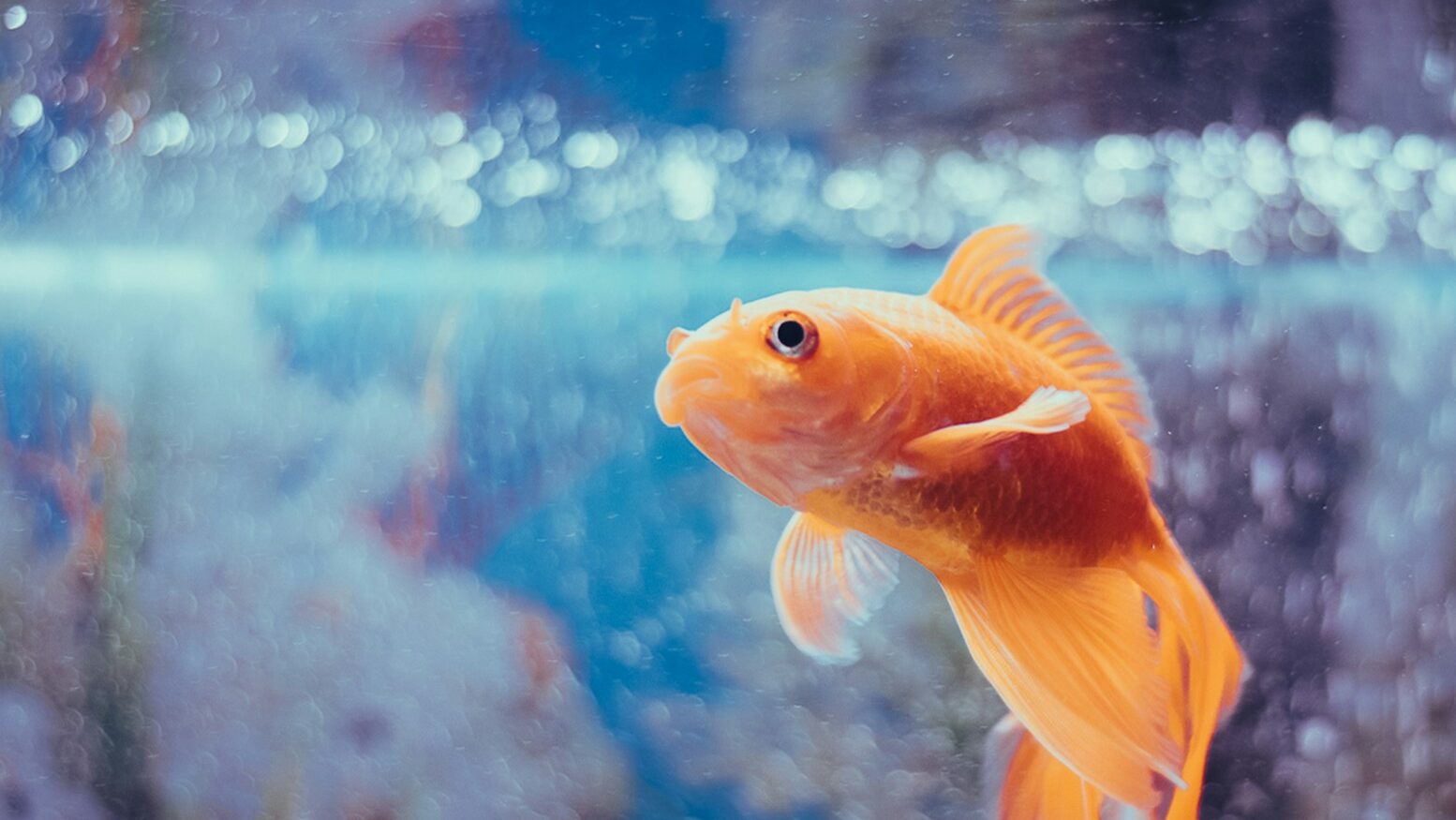

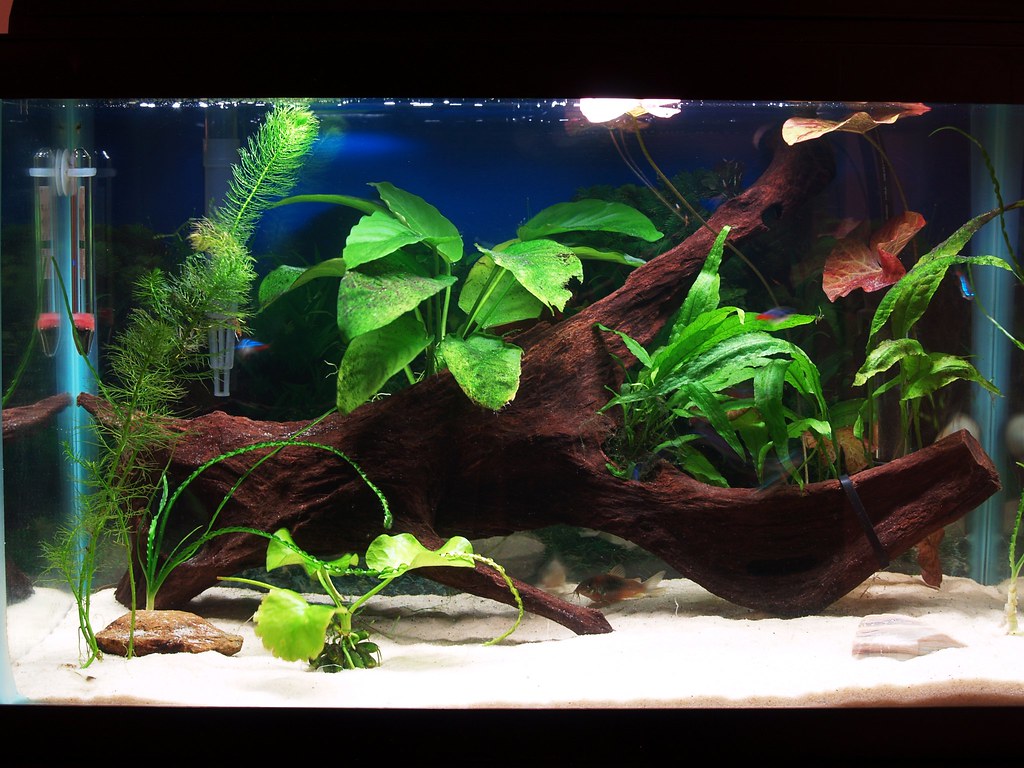

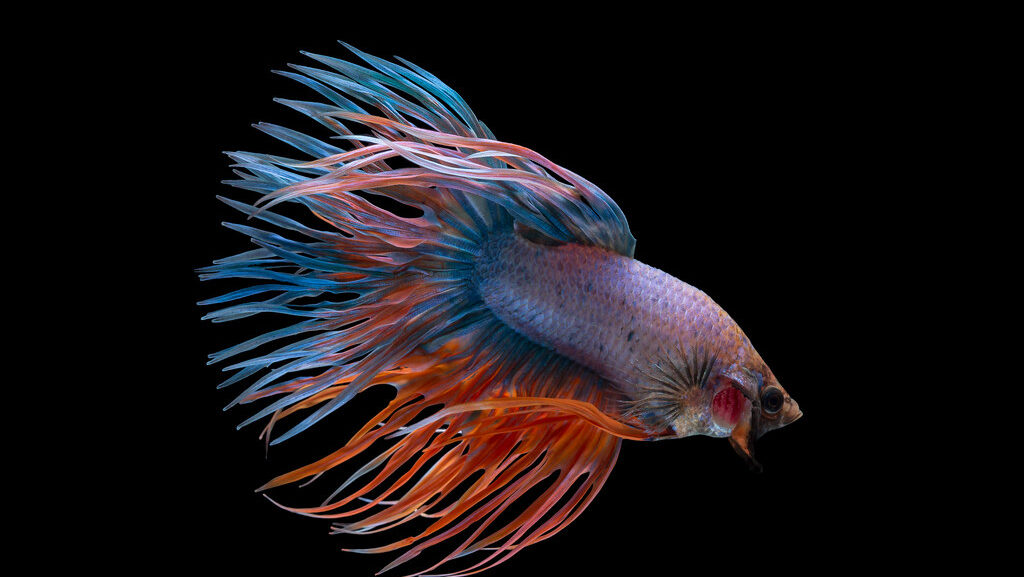
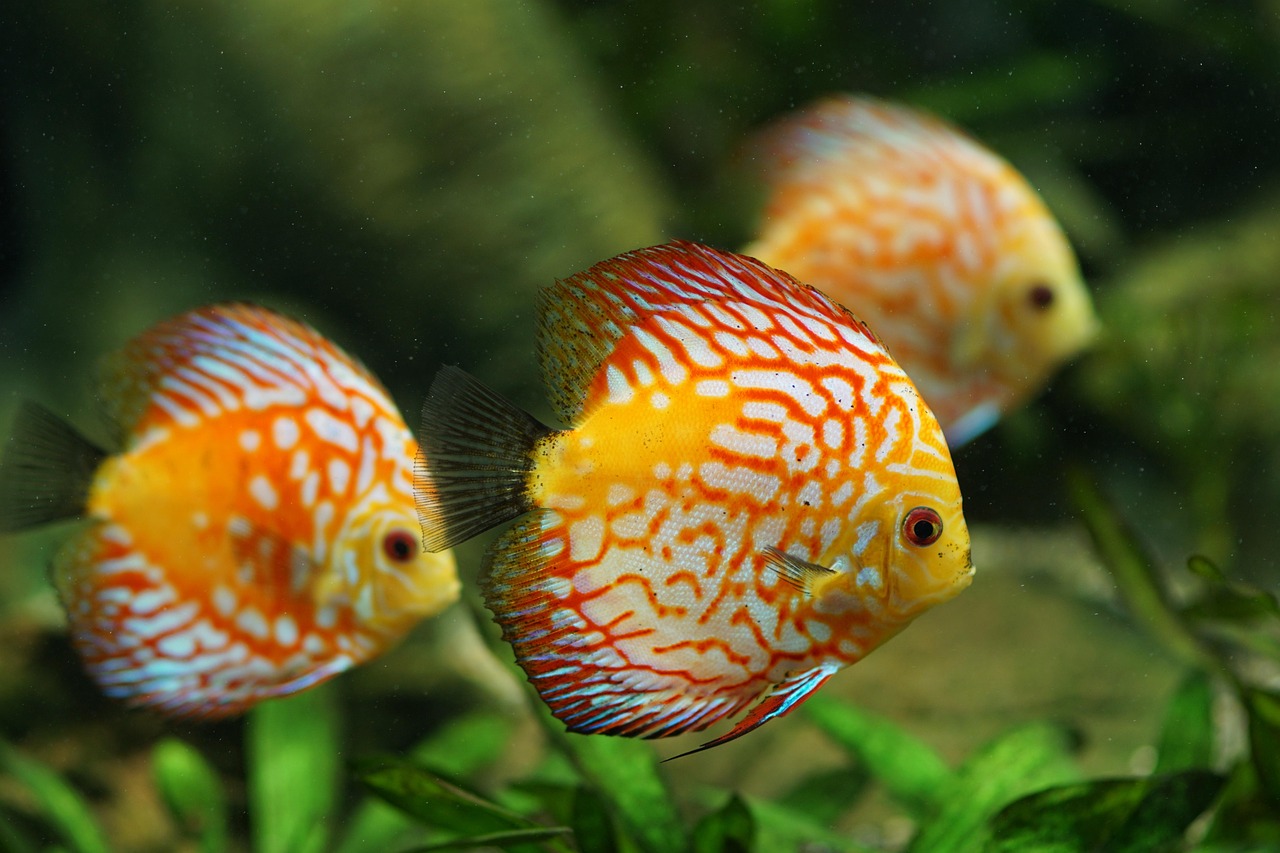
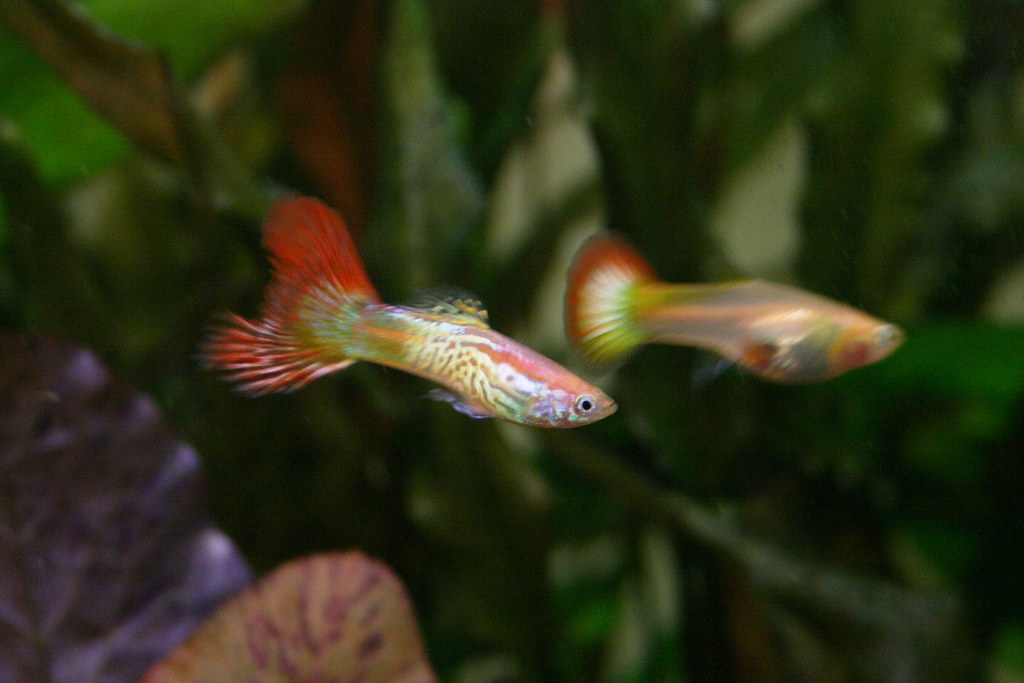
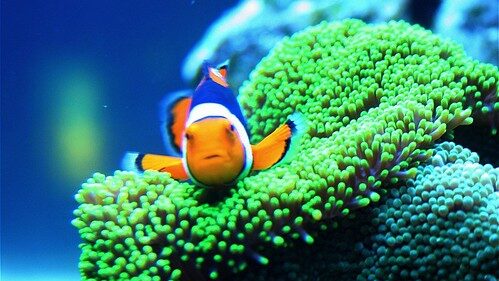



Leave a Reply